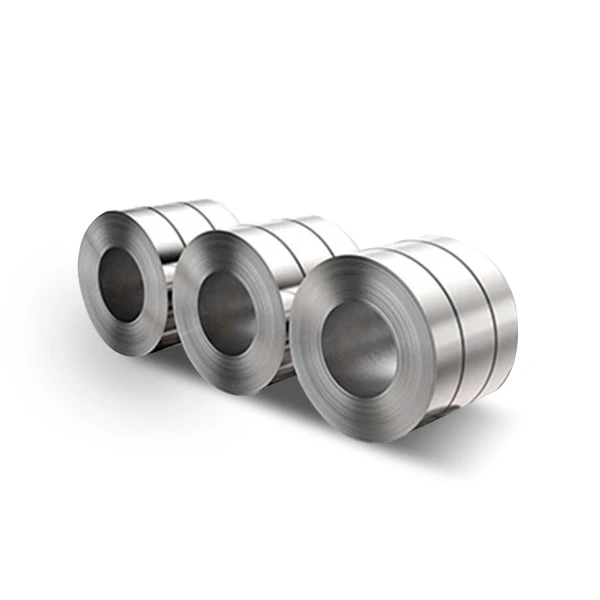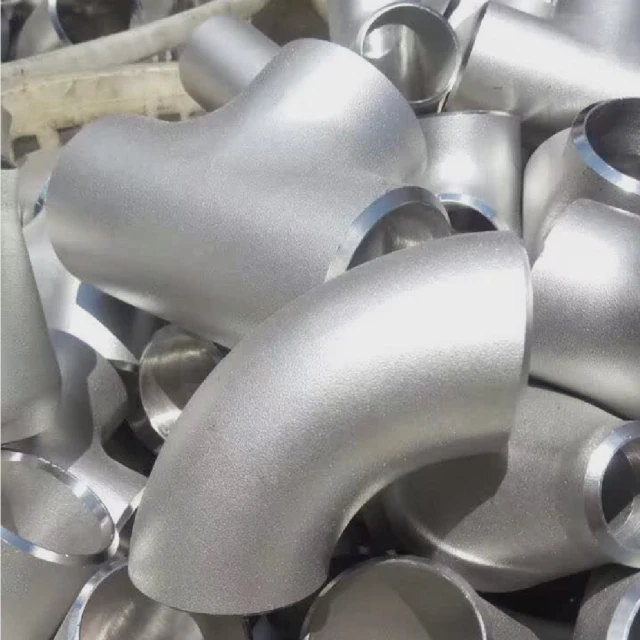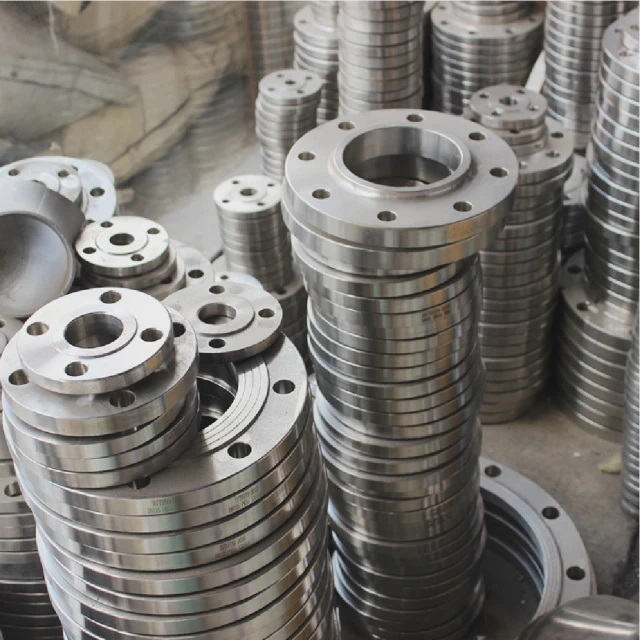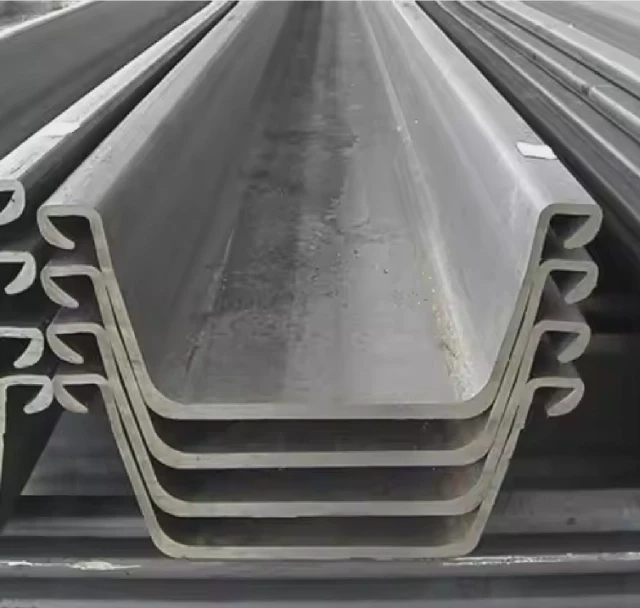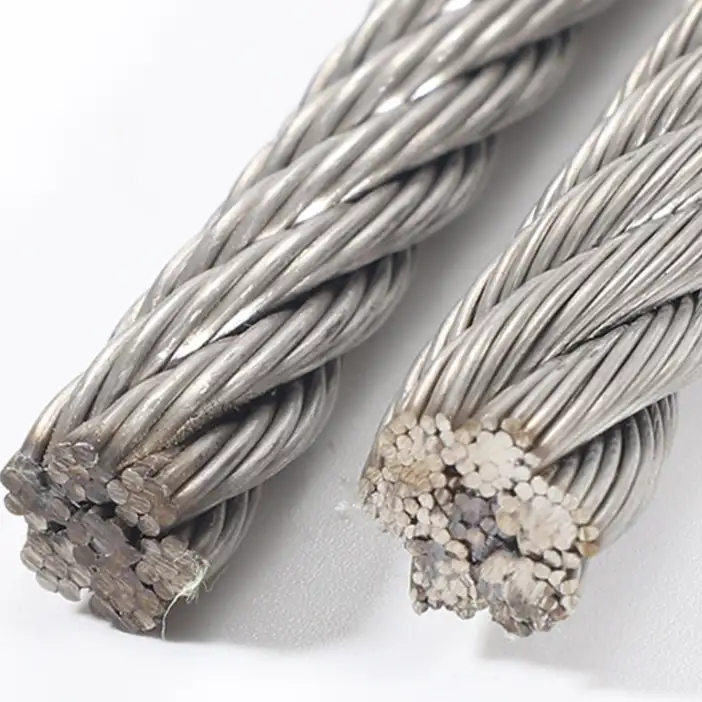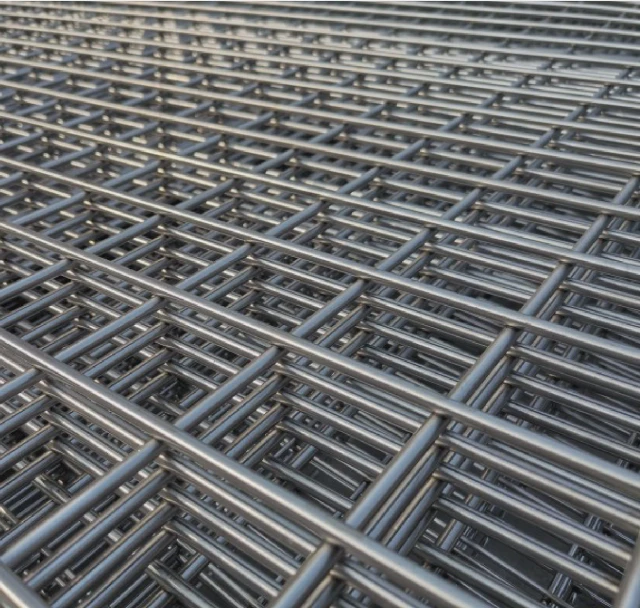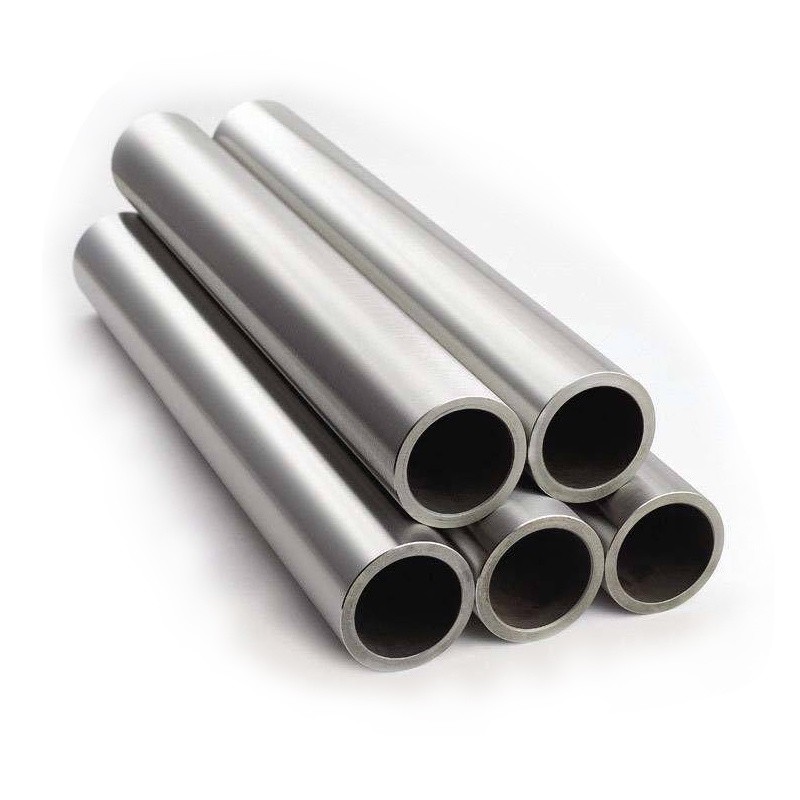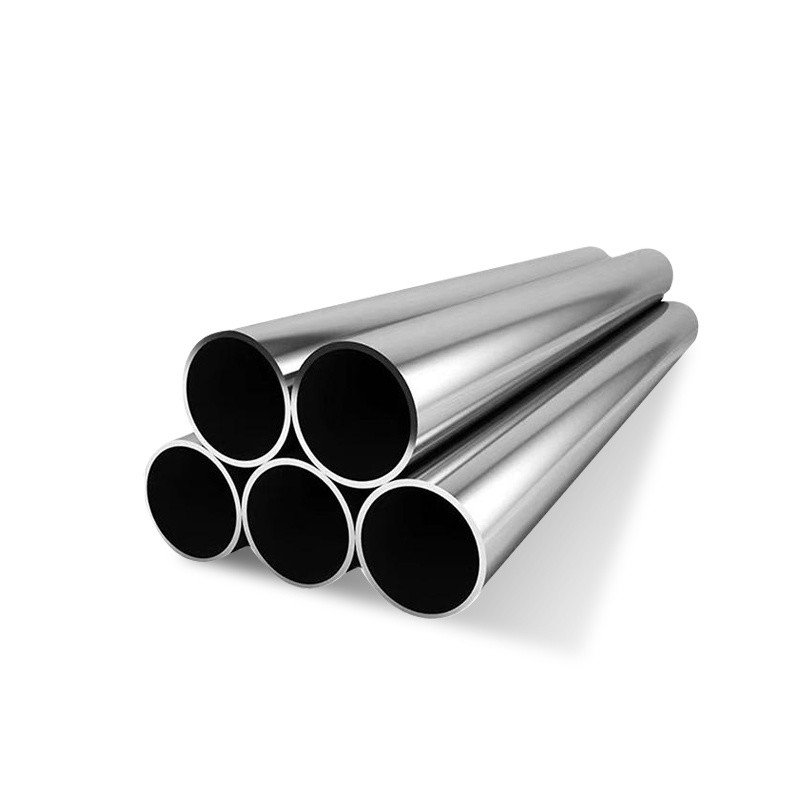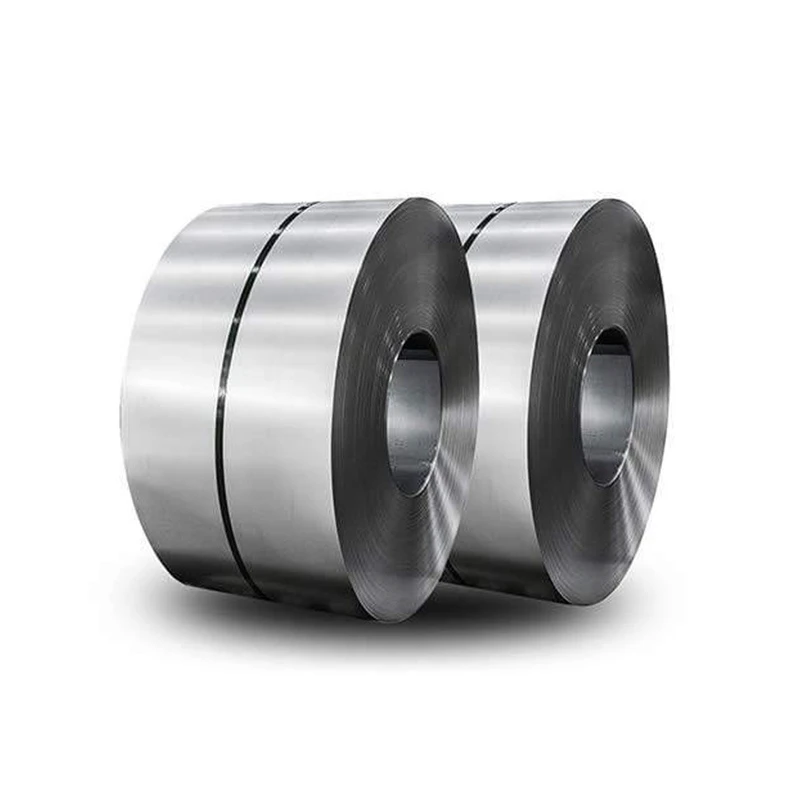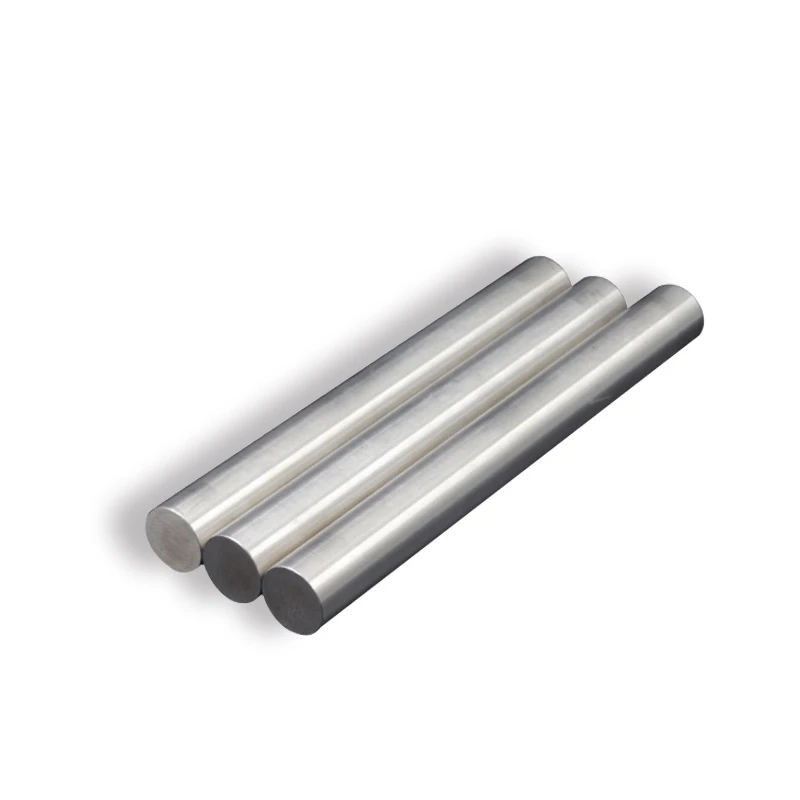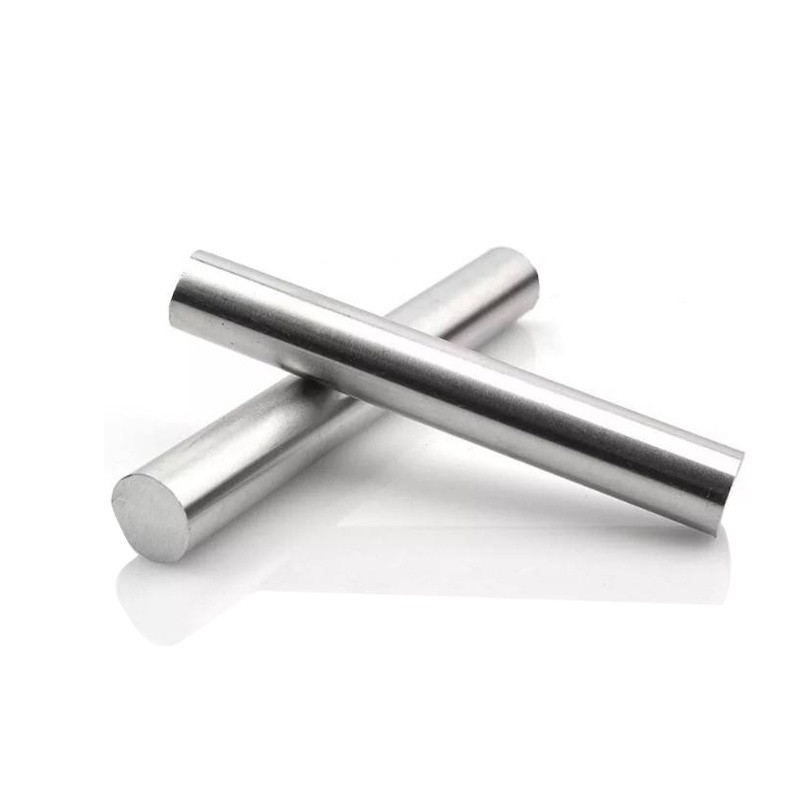
CATEGORIES
FEATURED PRODUCTS
403 Stainless Steel Coil
We offer this product and related grades with 100% factory direct pricing and free quotes available within 24 hours.
APPLICATION SCENARIOS

OUR ADVANTAGE

Certificate of Honor

PARTNER

Our Factory

403 Stainless Steel (UNS S40300) is a martensitic stainless steel with a composition of approximately 11.5% to 13% chromium and a very low carbon content (typically max 0.15%). It's essentially a highly refined version of 410, where impurities are strictly controlled to ensure superior mechanical properties, particularly ductility and impact strength, in its hardened and tempered condition. Like 410, 403 is heat treatable to achieve high strength, hardness, and wear resistance. Its corrosion resistance is similar to 410, performing well in mild atmospheres, steam, and many mild chemical environments. 403 stainless steel is magnetic.
Key Properties of 403 Stainless Steel
The controlled chemistry of 403 stainless steel elevates its performance for demanding applications where reliability is paramount.
Enhanced Mechanical Properties (Heat Treatable)
- Hardenability: 403 is a highly heat-treatable grade. It can be hardened by quenching from high temperatures and then tempered to achieve a range of desired mechanical properties.
- High Strength and Hardness: In its hardened and tempered condition, 403 offers excellent tensile strength, yield strength, and hardness, making it suitable for highly stressed components.
- Improved Ductility and Impact Strength: The key distinction of 403 from standard 410 is its meticulously controlled composition, which results in superior ductility and impact toughness in its hardened and tempered state. This makes it particularly reliable for components subject to dynamic loads and potential impacts.
- Wear and Erosion Resistance: Its ability to be hardened also provides good wear and erosion resistance, crucial for parts in moving machinery.
Moderate Corrosion Resistance
403 provides useful corrosion resistance in specific environments, with performance optimized when hardened and polished.
- Mild Environments: It resists corrosion in mild atmospheres, steam, fresh water, and various mild chemicals.
- Optimal Performance: Maximum corrosion resistance is achieved when the material is in a hardened, tempered, and polished condition. A smooth surface finish reduces sites for corrosion initiation.
- Limitations: Due to its low chromium and absence of molybdenum, 403 is susceptible to pitting, crevice corrosion, and staining in chloride-rich environments (e.g., saltwater) or aggressive chemical solutions. It is not recommended for severe corrosive or marine applications.
Magnetic Properties
- Magnetic: As a martensitic stainless steel, 403 is magnetic in both its annealed and heat-treated conditions.
Heat Resistance
- Oxidation Resistance: 403 offers good resistance to oxidation and scaling in intermittent service up to approximately 815°C (1500°F) and in continuous service up to about 650°C (1200°F).
- Temper Embrittlement: Like 410, tempering 403 in the range of 370-565°C (700-1050°F) should generally be avoided to prevent decreased impact toughness (temper embrittlement).
Machinability and Weldability
- Machinability: 403 stainless steel has good machinability, particularly in its annealed or moderately hardened condition, allowing for efficient production of intricate components.
- Weldability: 403 is weldable, but like other martensitic grades, it requires careful consideration:
- Preheating: Preheating (e.g., 200-300°C or 400-575°F) is crucial before welding to prevent cracking due to its air-hardening nature.
- Post-Weld Heat Treatment: Immediate post-weld heat treatment (either stress relieving or full annealing) is typically required before the weldment cools to restore ductility and achieve optimal properties, especially for critical applications.
Detailed Specifications: Dimensions and Parameters
403 Stainless Steel Coil is typically supplied conforming to ASTM A240/A240M standards, in dimensions suitable for its specialized applications.
| Parameter | Standard Range |
| Thickness | 0.3mm - 6mm (0.012 in - 0.236 in) |
| Width | 1000mm - 2000mm (39.37 in - 78.74 in) |
| Length | Coil form (continuous length) |
| Surface Finish | 2B, No.1, Mill Finish (often further processed by user) |
| Temper | Annealed, Hardened & Tempered (various levels) |
| Edge Condition | Mill Edge, Slit Edge |
| Standard | ASTM A240/A240M, ASTM A666 |
Note: The availability of specific thicknesses, widths, and tempers may vary. For precise specifications, it's recommended to consult with a supplier.
Chemical Composition of 403 Stainless Steel
The tightly controlled chemical composition of 403 stainless steel, particularly its carbon and chromium levels, ensures its superior mechanical properties.
| Element | Weight Percentage (%) |
| Carbon (C) | ≤0.15 |
| Silicon (Si) | ≤0.50 |
| Manganese (Mn) | ≤1.00 |
| Phosphorus (P) | ≤0.040 |
| Sulfur (S) | ≤0.030 |
| Chromium (Cr) | 11.5 - 13.0 |
| Nickel (Ni) | ≤0.60 |
The slightly tighter control on silicon and nickel, and the overall emphasis on purity, distinguish 403 from generic 410, leading to enhanced mechanical properties.
403 Stainless Steel vs. Other Stainless Steel Grades: A Comparative Look
Comparing 403 to other stainless steel grades highlights its specialized role in demanding applications.
| Feature | 403 | 410 | 304L | 409 |
| Stainless Steel Family | Martensitic | Martensitic | Austenitic | Ferritic |
| Hardenable by Heat Treatment | Yes | Yes | No | No |
| Magnetic | Yes | Yes | No (annealed, slightly after cold work) | Yes |
| Primary Advantage | Optimized strength, ductility, impact for critical parts | High strength, hardness, wear resistance | General purpose, excellent weldability | Cost-effective, high-temp oxidation resistance |
| Impact Toughness | Excellent (in tempered condition) | Good (but lower than 403) | Excellent | Good (but lower at elevated temperatures) |
| Corrosion Resistance (General) | Moderate (best when hardened & polished) | Moderate (best when hardened & polished) | Excellent | Moderate (prone to surface rust) |
| Cost | Moderate to High | Moderate | Low | Very Low |
| Typical Use | Turbine blades, compressor parts, high-stress fasteners | Cutlery, tools, general fasteners | Food processing, architectural, general fabrication | Automotive exhaust, heat exchangers |
403 is the premium choice among the 410-type martensitic grades when consistent mechanical properties, particularly ductility and toughness under stress, are paramount for critical components.
Key Industries and Applications for 403 Stainless Steel Coil
The specific metallurgical control and enhanced properties of 403 Stainless Steel Coil make it indispensable in industries demanding high reliability and performance under stress.
| Industry | Typical Applications |
| Power Generation | Steam and gas turbine blades and components, compressor parts, shafts, fasteners (where high strength, impact resistance, and moderate corrosion are needed) |
| Aerospace | Aircraft engine components, fasteners, structural parts where high strength-to-weight ratio and reliability are crucial in moderate temperature environments |
| Industrial Machinery | High-speed rotating parts, pump shafts, valve components, highly stressed fasteners, and parts requiring excellent wear and erosion resistance |
| Automotive (High-Performance) | Specialized engine components, high-stress fasteners, and parts in performance vehicles where weight reduction and high strength are key |
Global Price Overview: 403 Stainless Steel Coil
The price of 403 Stainless Steel Coil tends to be higher than standard 410 due to its stricter chemical composition control, emphasis on purity, and the specialized processing often required to achieve its superior mechanical properties. Pricing is influenced by global demand, the cost of raw materials (chromium, iron), energy prices, and the specific producer. The figures below are illustrative and subject to market fluctuations. For the most accurate and current pricing, please contact us directly.
| Region / Factor | Price Range (USD per Metric Ton) - Illustrative | Notes |
| Asia | $1,800 - $4,500 | Prices may vary based on producer's quality control and specific alloy surcharges. |
| Europe | $2,500 - $5,500 | Reflects high quality standards, advanced manufacturing, and stricter material specifications. |
| North America | $2,800 - $6,000 | Influenced by domestic demand, import dynamics, and the high-performance nature of its applications. |
| Raw Material Cost (Chromium, Iron, Controlled Impurities) | High Impact | Emphasis on purity and specific element control adds to cost. |
| Order Volume | Discounts for Bulk | Larger purchase quantities may receive more favorable per-unit pricing. |
| Surface Finish & Temper | Varies | Specific finishes and required heat-treated tempers will significantly impact the final cost. |
Disclaimer: These are approximate price ranges and should not be considered as definitive quotes. For precise pricing and lead times, please reach out to our sales team.
Frequently Asked Questions (FAQs)
Here are answers to some of the most common questions about 403 Stainless Steel Coil.
Q1: What is the main difference between 403 and 410 stainless steel?
A1: The main difference between 403 and 410 stainless steel lies in their purity and tighter chemical composition control for 403. While both are martensitic and heat-treatable, 403 has stricter limits on impurities like silicon and nickel, resulting in superior ductility and impact toughness in its hardened and tempered condition compared to general-purpose 410. This makes 403 preferred for critical, high-stress applications where reliability under dynamic loads is paramount.
Q2: Is 403 stainless steel magnetic?
A2: Yes, 403 stainless steel is magnetic in both its annealed and heat-treated conditions. This is a defining characteristic of all martensitic stainless steels.
Q3: Can 403 stainless steel be used in corrosive environments like saltwater?
A3: No, 403 stainless steel is not suitable for highly corrosive environments like saltwater or solutions with high chloride concentrations. Its corrosion resistance is similar to 410, meaning it is susceptible to pitting, crevice corrosion, and staining in such aggressive conditions. It performs well in mild atmospheres, steam, and fresh water, but for marine or highly corrosive chemical applications, 316L or higher alloys are required.
Q4: Why is 403 stainless steel commonly used for turbine blades?
A4: 403 stainless steel is commonly used for turbine blades due to its exceptional combination of properties in its hardened and tempered state: high strength, excellent ductility, good impact toughness, and good erosion/wear resistance. Turbine blades operate under extremely high rotational speeds, significant temperatures, and are subject to erosion from steam or gas particles, making 403's robust mechanical performance critically important for safety and efficiency.
Q5: Does 403 stainless steel require special welding procedures?
A5: Yes, 403 stainless steel requires special welding procedures due to its air-hardening nature, similar to other martensitic stainless steels. It generally requires preheating to prevent cracking and immediate post-weld heat treatment (stress relieving or full annealing) before the weld cools. This post-weld treatment is essential to restore ductility, relieve residual stresses, and achieve optimal mechanical properties in the weld and heat-affected zone.







